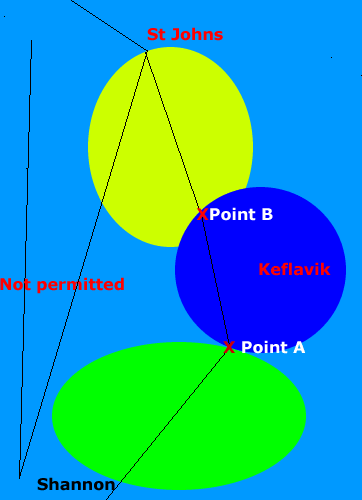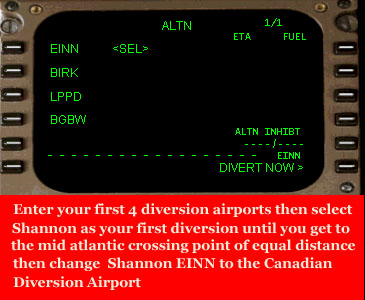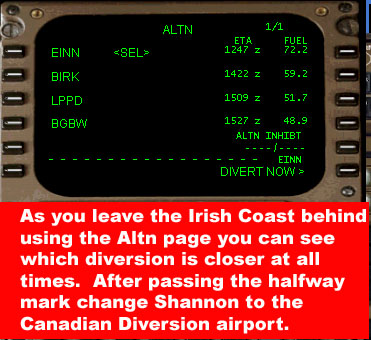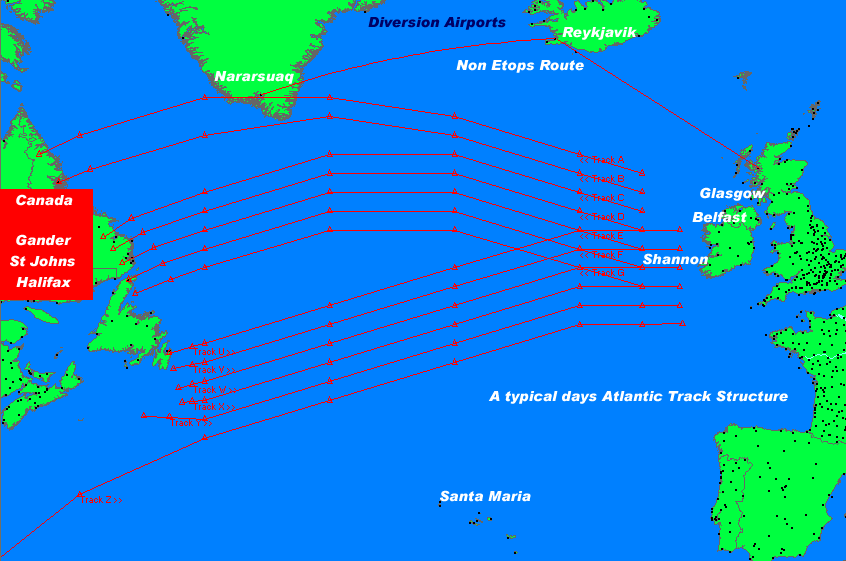
ETOPS IS an abbreviation FOR for Extended Twin Engine Operations.
It relates to twin engined aircraft that fly over sparsely populated areas such as deserts and the Atlantic and Pacific Oceans. Each operator is assessed by the Aviation Authorities and given an ETOPS time limit for flying on one engine when the other has been shut down in flight due to a problem. Depending on its maintenance procedure operating procedures crew training and incident record this will start with a minimum time and as it gets better over time the timel imit can be extended, or if it gets worse reduced. It is for this reason that Airlines that fly aircraft like the Airbus A330 and Boeing 757 767 777 need to pay extra care not to have their time reduced. To fly to Hawaii from the USA the ETOPS time minimum must be 3 hours and for crossing the North Atlantic must be at least 137 minutes to use all the daily tracks. (Failing that the aircraft will have to route further to the North in range of Scotland Iceland and Greenland. This is more time and more fuel burn. The Boeing 777 was the first aircraft to get from factory a 3 hour ETOP limit. Other aircraft had to build the hours up first.
When the pilots plot the Oceanic tracks before flight they have to check they are going to always be within their company ETOPS time limit. If its not the route has to be recalculated or an alternative route found. See below

Pilots have to be aware that some airports are not open 24 hours a day so therefore for the ETOP time to count the airport must be open at the time the aircraft transits through that area it would use it as the diversion airport. Weather reports would also be a consideration as auto land would not be available on one engine .
The pilots would work out equal distance points on their route to all the diversion airports so they would know which airport is always the closest. weather would be monitored also at regular intervals.
For a flight across the North Atlantic Glasgow Belfast or Shannon would be the first possible two airports aircraft could turn back to going Westbound and then Reykjavik in Iceland could also be used plus Nararsuaq in Greenland and St Johns Halifax or Gander on the west side. Other considerations would be can that airport handle this aircraft has the airport got the fuel we need has it got the necessary emergency facilities ? The pilot would then plot the airport equal distance points on the map. On the Level D 767 you could put in all the diversion airports in the Alternate airports page. You can also include Santa Maria in the Azores in the list. You then only have to look to see which airport is the closest. On Southerly tracks Lisbon or Oporto could also be used. Below shows the Level d 767 FMC Alternate Division Airports page with suggested diversion airports put in

Below As the flight progresses you can see below which airport is closest to divert to in an ETOPS or other emergency situation. |This is also good practice to do with shorter fligths so nominate airports on route at equal distance points.


I hope this gives you a very basic idea on what is involved. The aircraft has to carry extra equipment also. More information is shown in my Level D 767 on operating across the Atlantic.There are also some excellent short free videos on this link which explain the Atlantic Diversion Rules and there are some Oceanic Check Lists you can download on this site http://www.scottipc.com/ When on the site Click on the DVD and look for the links on the right track there are menus with all sorts of information on with regard to diversions etc